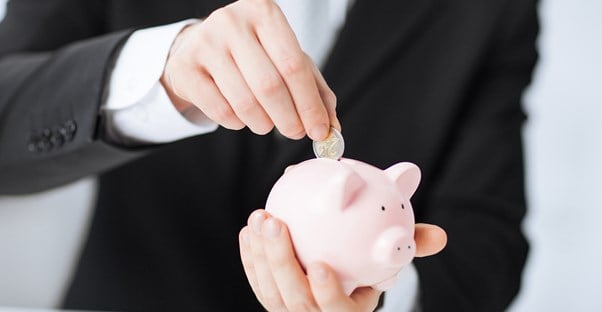The most helpful tip on repaying student loans is to make a good beginning. The obligation to repay begins at graduation, the end of enrollment, or the end of the scheduled maximum time for completing a degree. Do not wait for a call or letter, one should contact the Department of Education National Student Loan Data System and get information on each loan and the servicing agency. Many people become delinquent before beginning to pay and this makes the entire process more difficult.
The next phase is to stay on top of the payments. Students borrowers can start early in loan repayment, even while still in school. Students can use summer jobs and part-time work to gather savings and pay early. After graduation, one can get into a good habit of saving money and making extra payments on student loans. The extra payments will create a buffer so that when money is tight, payments will still be ahead of schedule. It is an excellent idea to take advantage of programs and efforts to help students with heavy debts. These include forgiveness by public service, the Project on Student Debt and the National Consumer Law Center Student Loan Borrower Assistance Project.
Students often carry more than $25,000 in student loan debt and the interest rates can be above 6% for some commercial loans. As difficult as it might be to pay the required amounts, there is a significant benefit from paying more than the minimums. Interest builds over time, and the difference between a 10-year repayment and a 20-year repayment is more than $10,000 in additional interest payments. By contrast, extra payments will reduce the principal and cut down on interest rates significantly. In a long view, the sooner one repays the debt, the greater financial freedom one will enjoy. Another aspect to investigate is employer assisted student loan repayment. Many employers offer this benefit, and it can reduce the indebtedness quickly.
If one falls behind in the payments and fails to pay, the lender will declare the loan delinquent. Unless the borrower cures the delinquency within 270 days by bringing the loan to up to date status, the lender will declare the loan in default. Default has serious consequences for credit and employment. Individual payment plans are available to help borrowers bring loans current. Students must contact servicing agencies and request a plan, find a payment level that works, and stick to the terms.
If a loan falls into default, then students will need to take some extra steps. Borrowers can remedy default. One can rehabilitate a defaulted loan by entering into a payment plan, making all payments, and keeping the loan payments to complete the agreement. From that point, one will need a new payment plan, and it will be at a higher payment rate than in the rehabilitation phase.
In the event of disputes or inability to work with a lender agency, there is an alternative. The Student Loan Program authorization from the Congress created the Office of the Federal Student Aid Ombudsman to assist resolve disputes between borrowers and lenders. Borrowers can reach this office at FSAombudsmanoffice@ed.gov.




